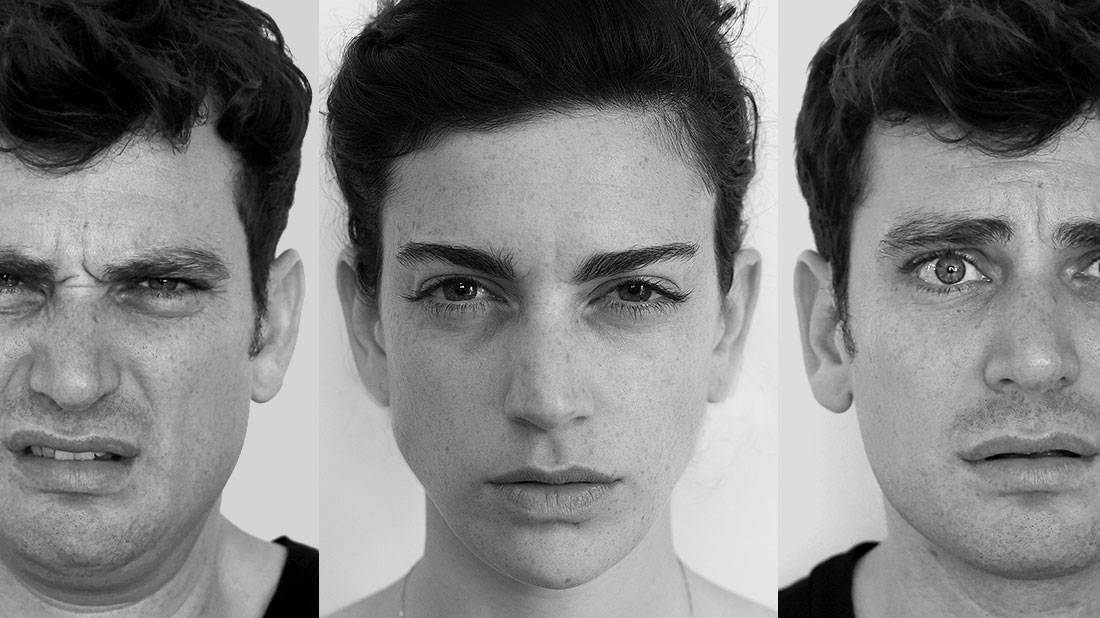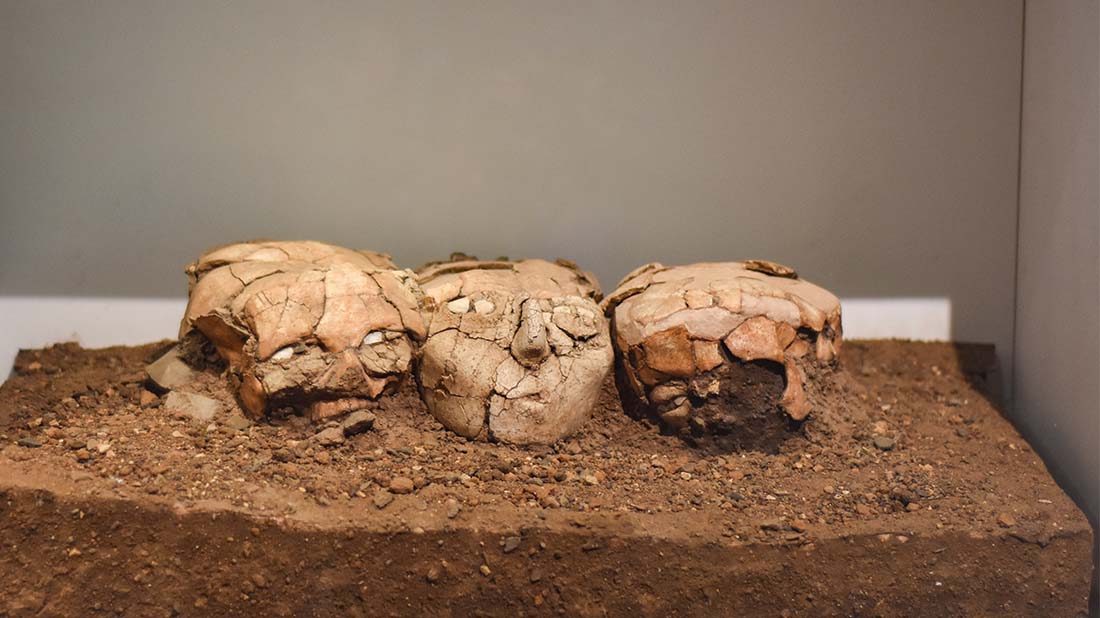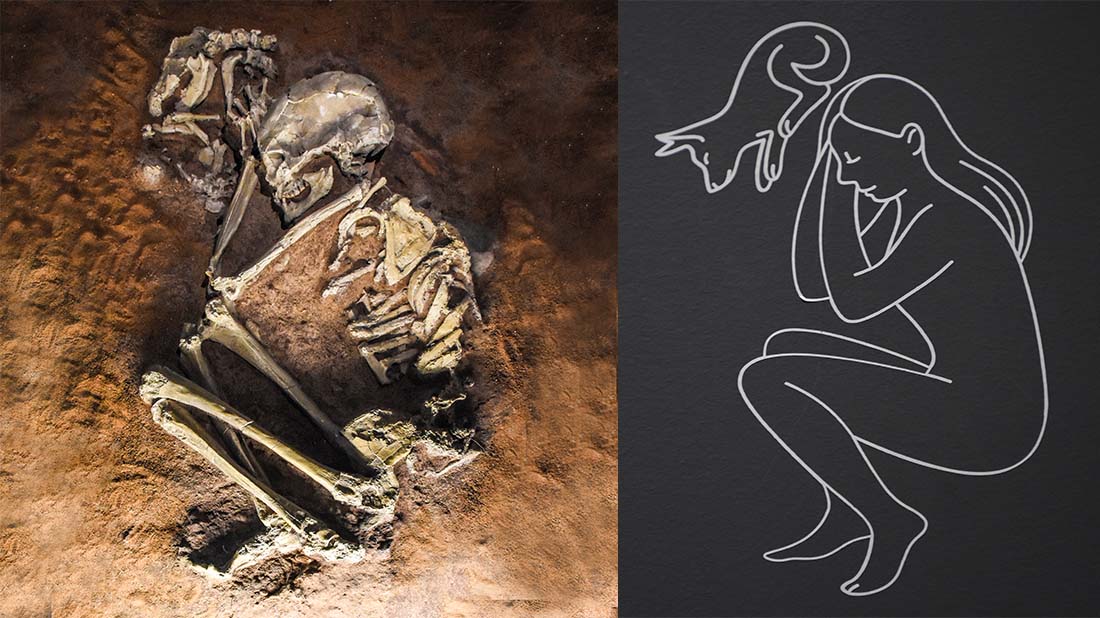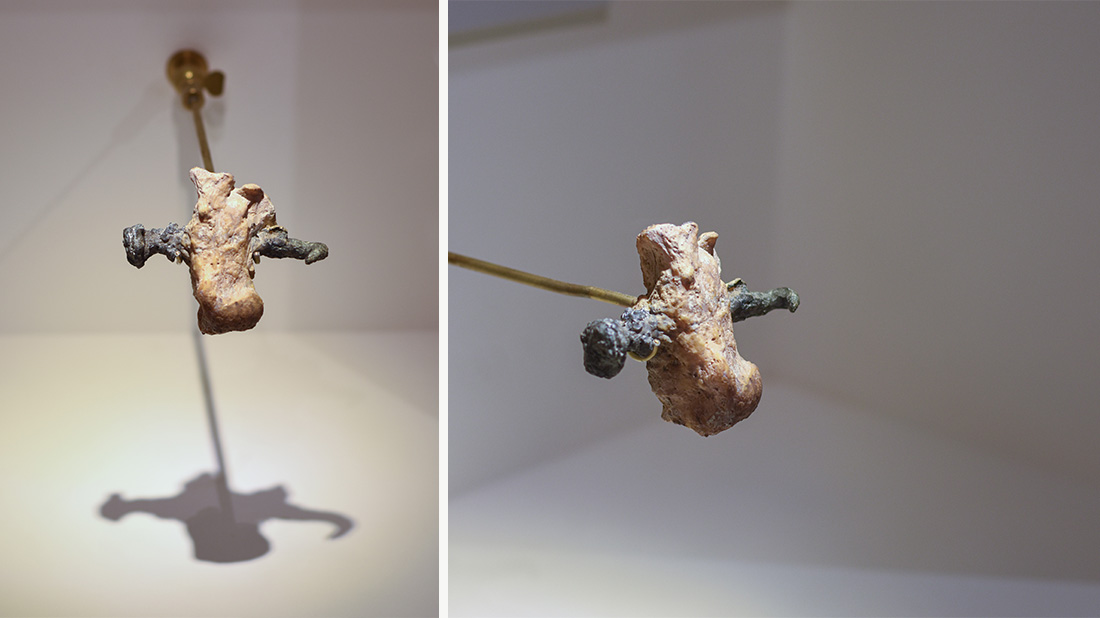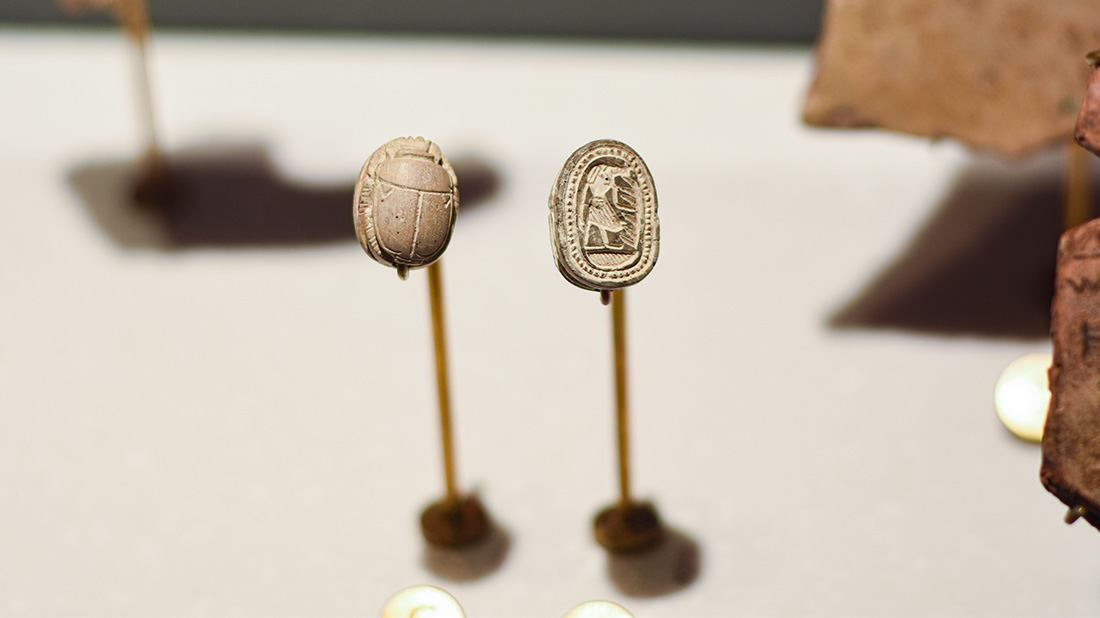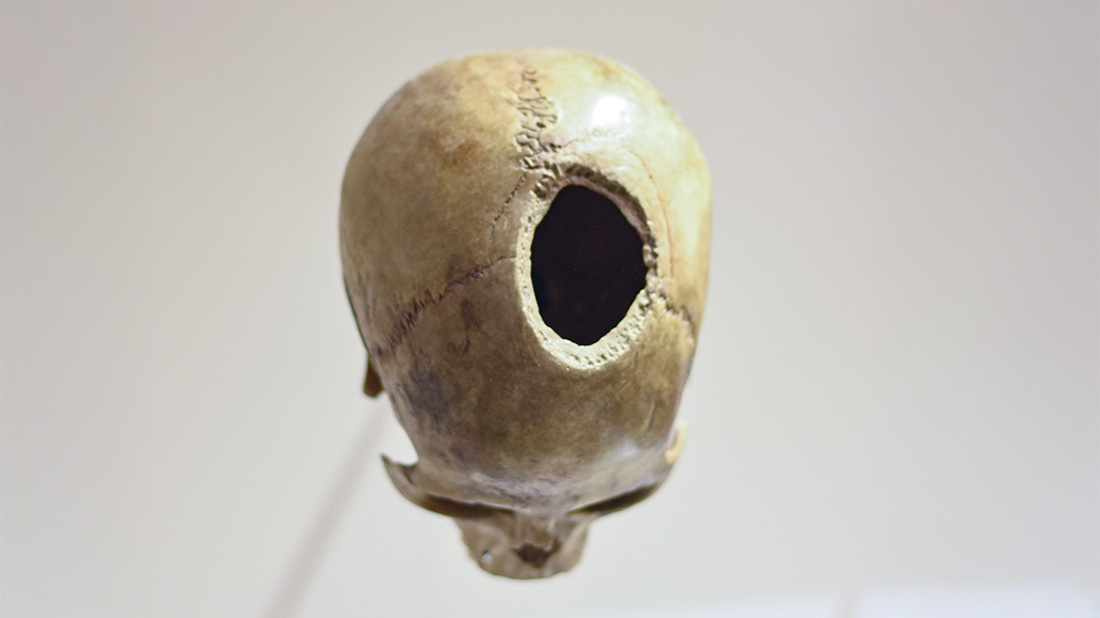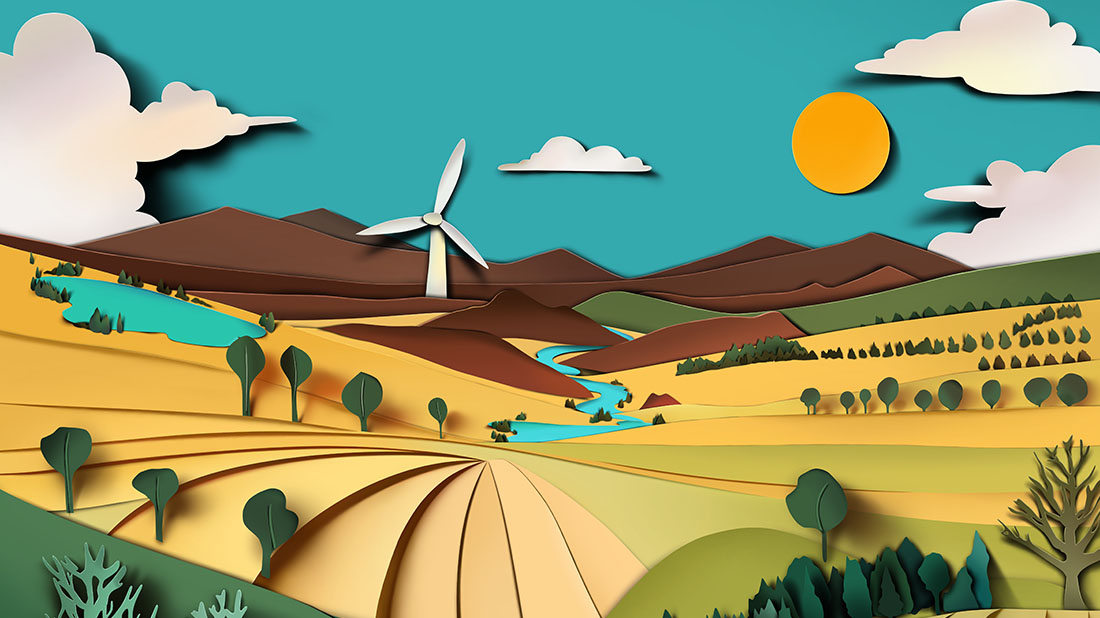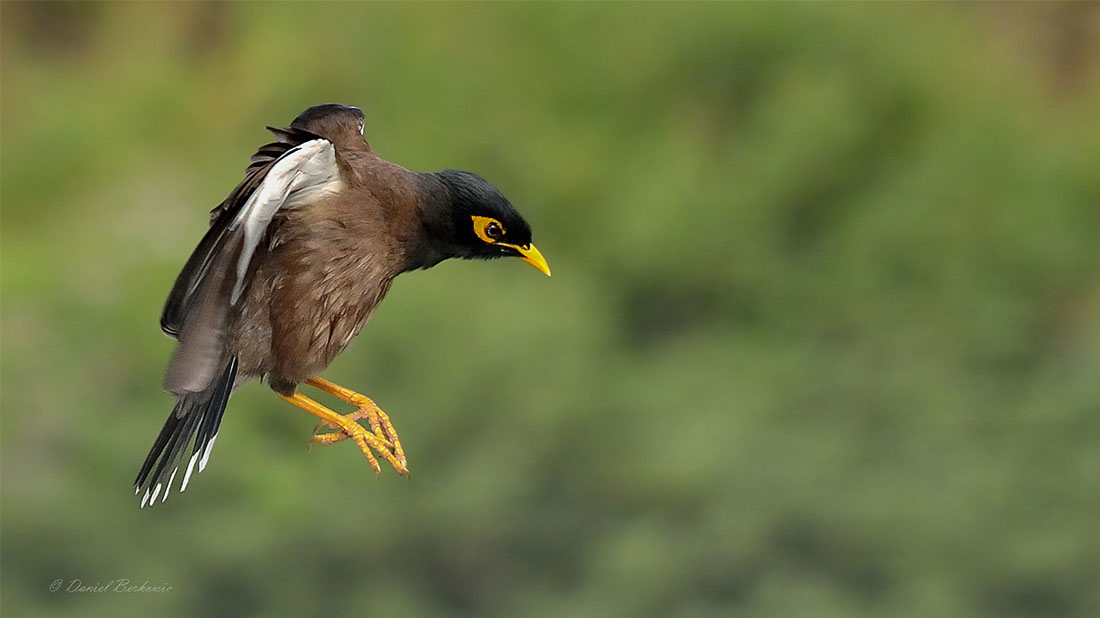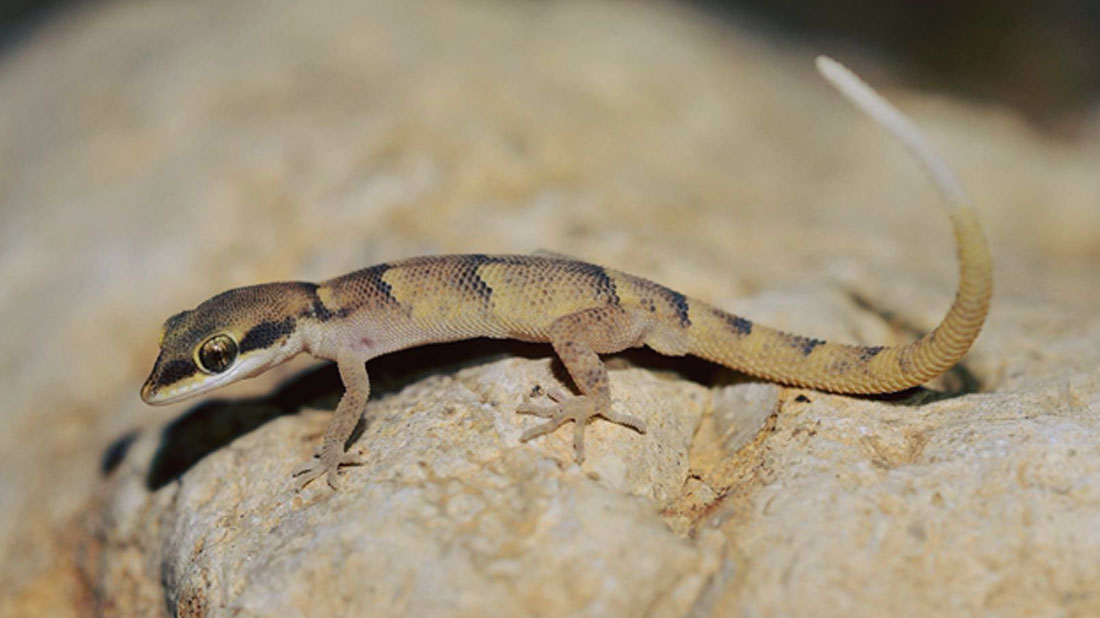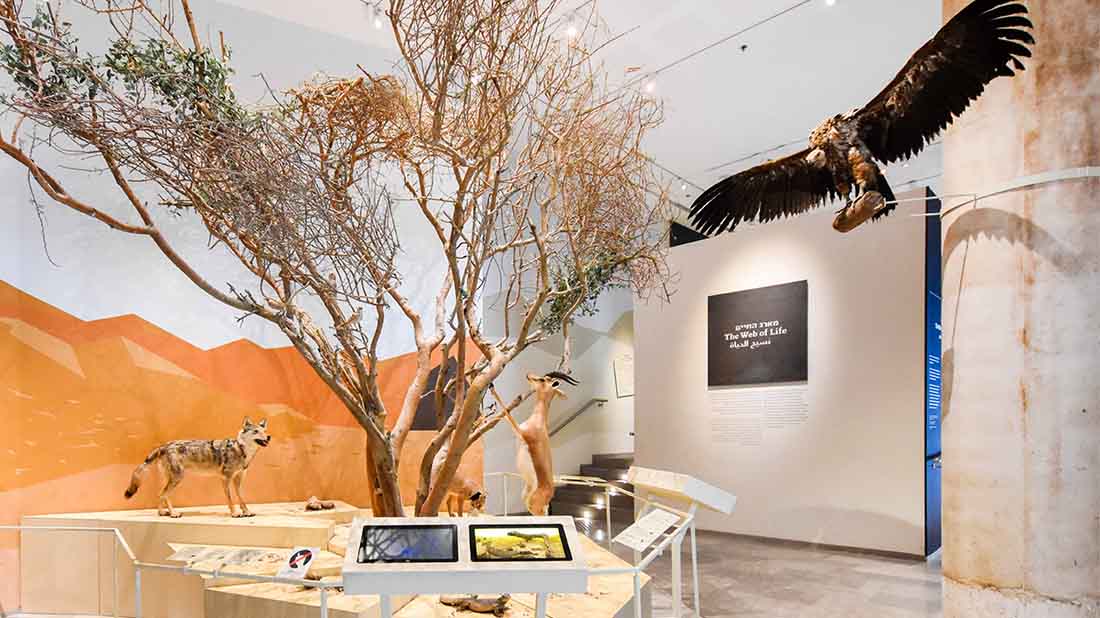When they begin investigating the development of the human species, scientists rely mainly on biological (fossils) and cultural (stone tools, for example) remains. The exhibition – What Makes Us Human? – displayed in the Dan David Center for Human Evolution and Bio-History Research, at the Steinhardt Museum of Natural History, displays the main groups of hominins (human species) that lived during the last seven millions of years, and describes the leading milestones in human evolution – tools, language, fire etc. – that provided humans with the abilities that have formed the basis of human achievement until today.
The exhibition deals with the origin of humans (Homo sapiens) and their anatomical and physiological evolution, primarily comprising walking on two legs, release of the arms and development of the brain, which facilitated the unique combination of physical activity with advanced intellectual abilities. This combination enabled humans to plan, imagine, think, communicate and conduct complex actions. These actions form the basis of human cultural and technological development and allow us to exploit natural resources.
Among the topics presented in the exhibition, you’ll be able to appreciate the unique abilities that developed in humans, such as: tool production, control of fire, protection from the cold, hunting, and defense against predators; imagination, thought, planning and communication; symbolic thought; non-verbal communication – mimicry (facial expressions); language and speech – development of writing. Similarly, the characteristics of human society are presented: religion and faith, ownership and belonging, violence, uniqueness and adornment, social solidarity, accumulation and dissemination of knowledge and more.
The exhibition emphasizes the contribution of ancient populations in Israel to the reconstruction of human history. Among other things, the exhibition deals with the Agricultural Revolution (8,200-14,900 years ago), which was a turning point in human history; human control of food sources by domestication of plants and animals increased the amount of food and allowed parts of the population to turn to other activities. Our nutrition today is based mainly on the same plants and animals that were domesticated at that time. The transition to a production economy led to the development of commerce, ownership and assets; population growth led to the development of different professions and created a social hierarchy.
In the last part of the exhibition you’ll be able to see examples of genetic studies that help us to reconstruct the origin of contemporary human populations and track the development of different traits within different populations around the world.



